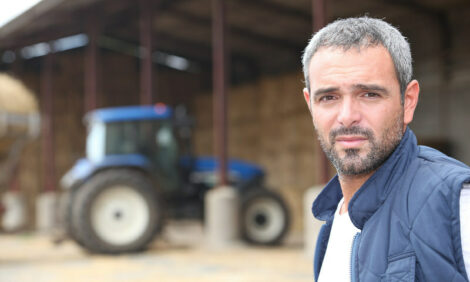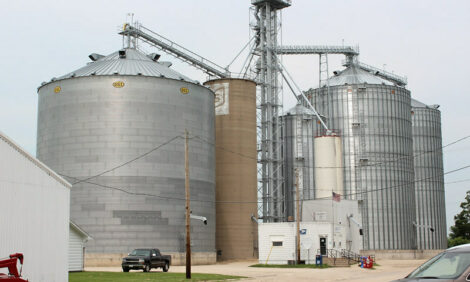



NBA Plot Coordinated Attack on Suckler Infertility
UK - A ten per cent lift in Scotland’s yearly calving percentage would restore its 2009 suckled calf crop to 1999 levels, when its beef cow herd stood at a record high of 534,520 head.The National Beef Association believes Scotland’s slaughter cattle numbers can be substantially raised through improvements in breeding management, like improvements to calving percentages, herd health checks and the semen testing of herd bulls on a regular basis.
This year the Scottish suckler herd fell back to 463,870 cows – a slide of 70,650 head from the 1999 peak.
However if the current herd produced ten per cent more calves over 2009 the increased output would compensate for the ten year drop in cow numbers and long term beef calf output would have been maintained.
“The most important figure for the Scottish beef industry is not the number of breeding cows on farm, but the number of calves they produce each year,” explained NBA director, Kim Haywood.
“After decoupling was introduced in 2005, and the cow headage premium was withdrawn, one of the first reactions at farm level was to remove sub-fertile females that produced calves intermittently, so although the drop in cow numbers looks alarming, the response in calf production terms has been much less dramatic.”
And according to the NBA the next step should be to establish Scotland’s actual calving percentage, based on the number of calves produced over a twelve month period against the number of breeding cows, and set about improving it through a nationally co-ordinated programme on cow and bull infertility and all its causes.
“Currently the national calving percentage, perhaps the most important production statistic in the Scottish beef industry, can only be guessed at,” said Ms Haywood.
“Some, well managed herds, regularly top 95 per cent on an annual basis, because they have worked hard to maintain cow condition and health, shorten the calving interval, and ruthlessly cull out poor performers,”
“But there are too many herds where it may only be 70 per cent, or less, and so the real national average may just be 80-85 per cent – which means that something like 69,580 to 92,774 cows may not produce a calf this year and the same number could be expected next year too.”
“However if there was a ten per cent lift in the calving percentage there could be another 46,387 calves on the ground each year without any rise in cow numbers and 15-24 months after that numbers moving through abattoirs would increase too.”
“In view of this it would seem that the answer to Scotland’s persistent decline in beef calf output must be to make sure more cows produce a calf each year.”
“A herd producing 95 per cent calves a year will be much more profitable than a herd producing 85 per cent or less – and therefore be more likely to survive in the long term.”
“The 524,750 strong herd size Scotland had in 1999, might have looked impressive in numbers terms, but serious questions have to be asked about its efficiency and how many calves it would have produced, compared with the current herd if it became capable of calving down at 90-95 per cent a year,” Ms Haywood added.
TheCattleSite News Desk


